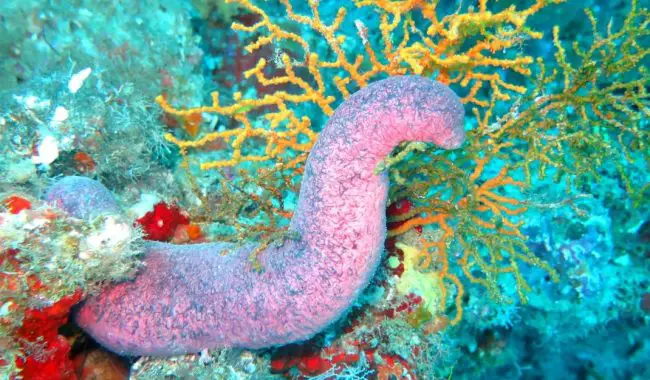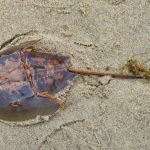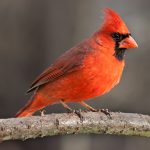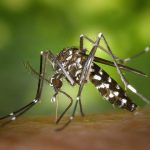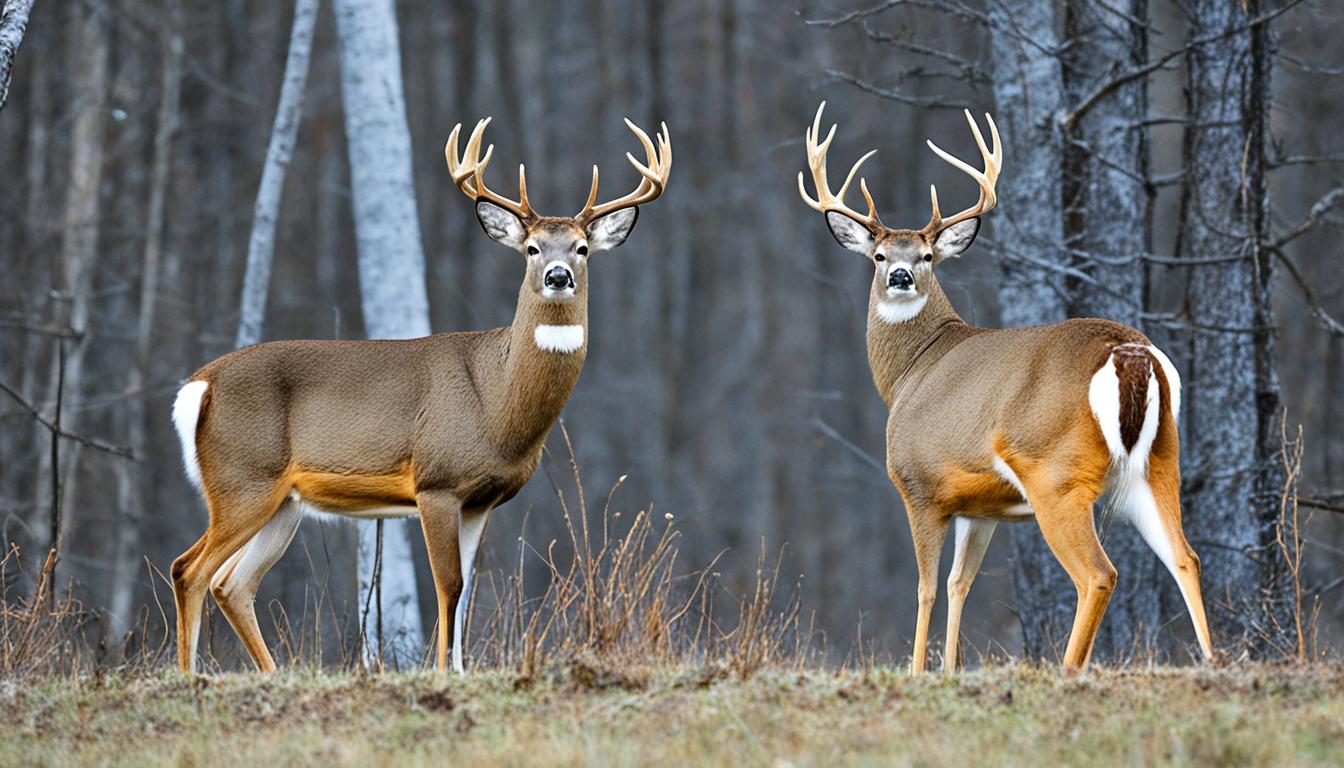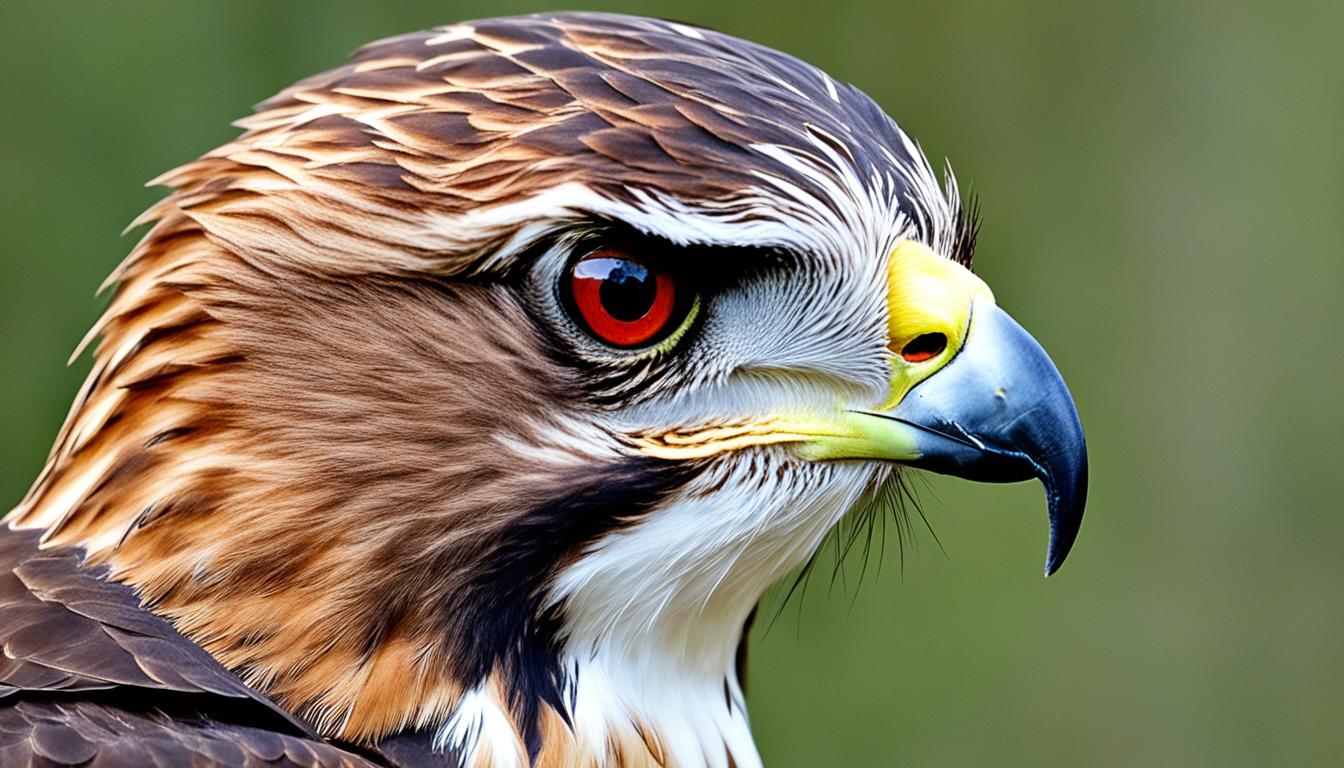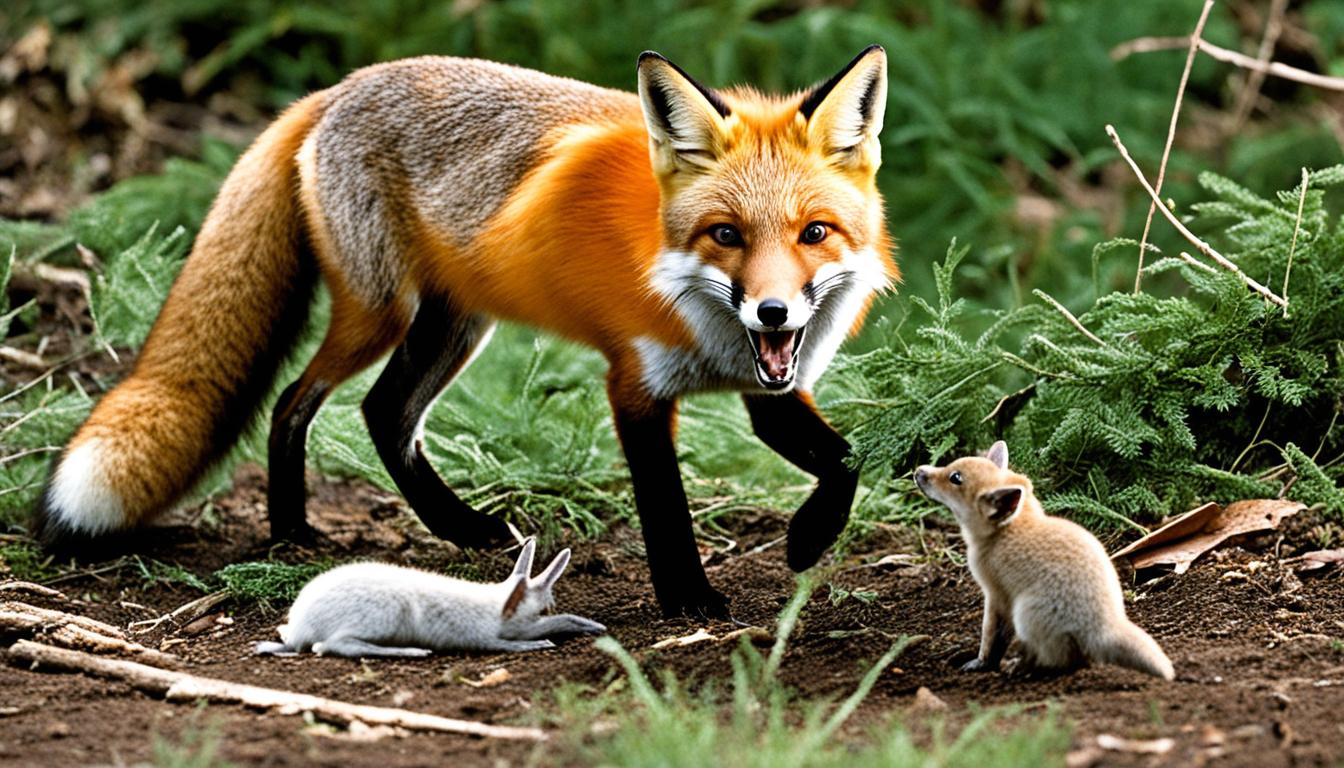The ocean is widely considered one of the most vulnerable and least understood areas in the universe. The Mariana Trench is home to one of the world’s most varied ecosystems. There are a variety of Mariana Trench species to be aware of.
The Marianas Trench is the deepest region of the ocean, with an estimated depth of 36,032 feet in the challenger deep. It is generated by the subduction of two oceanic crusts clashing with one another, causing one portion to push and pull the other below. Scientists have a hard time finding and exploring the Mariana Trench’s secrets because there is no visibility, very high pressure, and very cold temperatures in the Mariana Trench.
As a result, most of the data that has been used for ocean exploration has been based on new technology.
Sea Cucumber
Make up the vast majority of sea life on deep-sea floor
| Scientific Name | Holothuroidae |
| Type of Animal | Echinoderm |
| Diet | Omnivore |
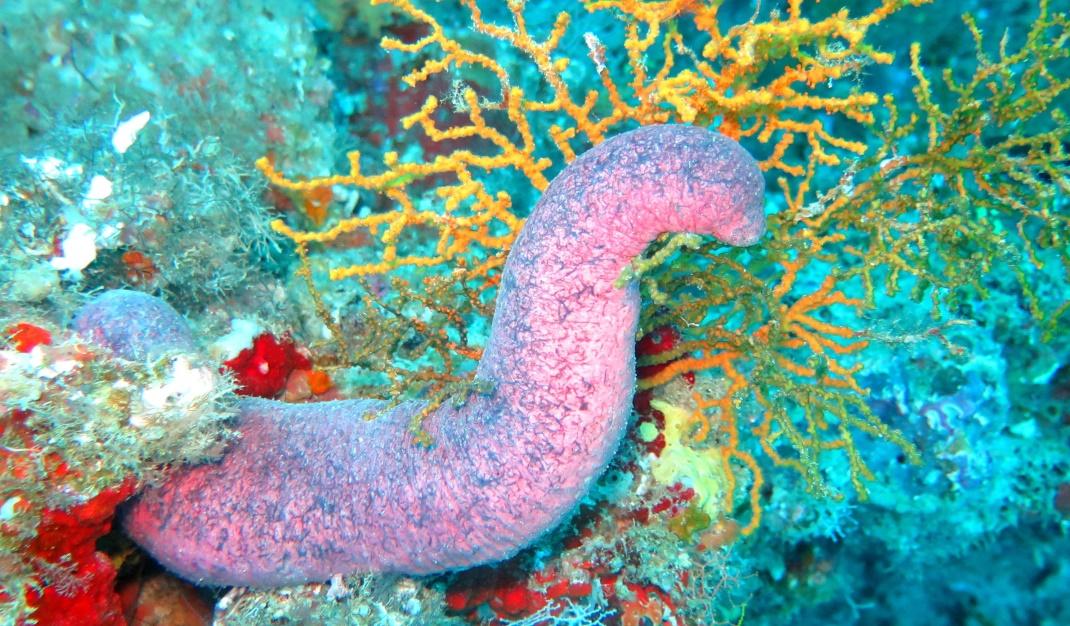
They’re marine animals with tough, leathery coats. They have long bodies and may be found on the bottom of the oceans all around the world. The Holothurian species number over 1,700, the bulk of which may be found in Asia and the Pacific. The Mariana Trench is home to several of them.
Cucumber-like is the name given to them because of their shape. Despite their importance to marine ecosystems, sea cucumbers are occasionally taken for human consumption. They decompose waste and other items to keep their environment clean.
Sea Devil Anglerfish
It has a bright lure on the end of its head to lure prey
| Scientific Name | Melanocetus johnsonii |
| Type of Animal | Fish |
| Diet | Carnivore |
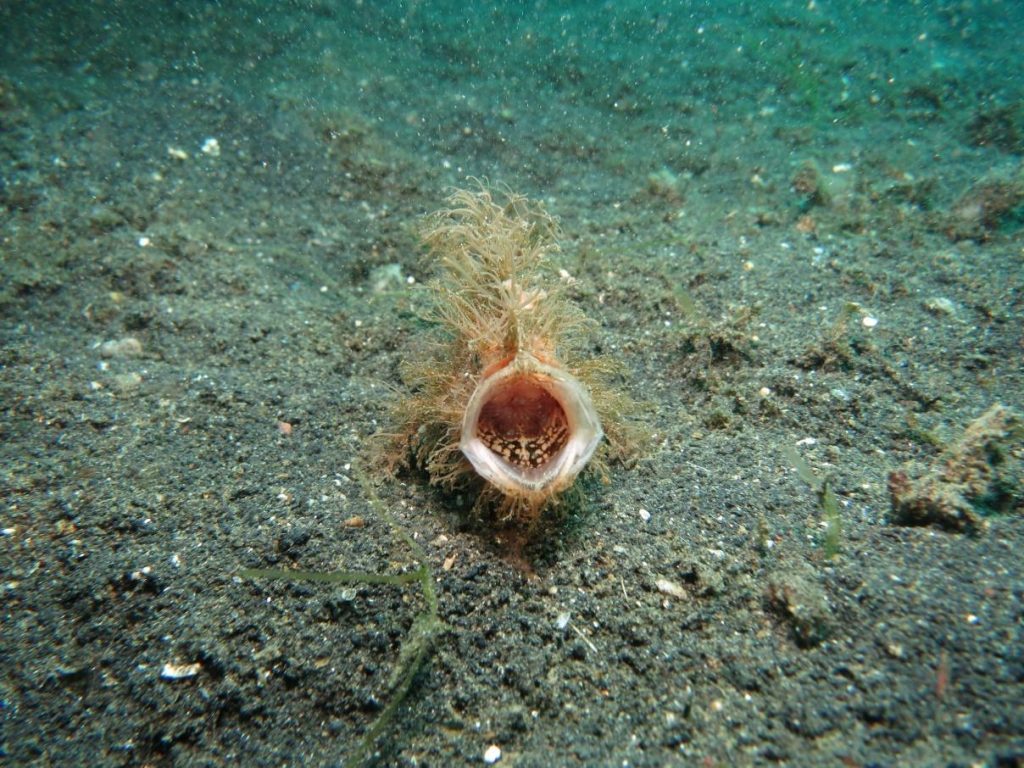
It’s difficult not to begin with the sea devil’s appearance. With its deformed physique, razor-like teeth, and chilling death glare, this fish seems like it may have swum straight from hell. They’re not enormous, despite their strange and frightening appearance. Because of the popularity of the film Finding Nemo, the angler fish is a well-known marine species. It’s a well-known monster with a striking appearance because of the light that protrudes from its head. It has a unique body form and razor-sharp teeth.
Females typically reach a length of 8 inches, while males reach only an inch.
Mariana Snail fish
A deep sea fish that is scaleless
| Scientific Name | Pseudoliparis swirei |
| Type of Animal | Fish |
| Diet | Carnivore/ Scavengers |
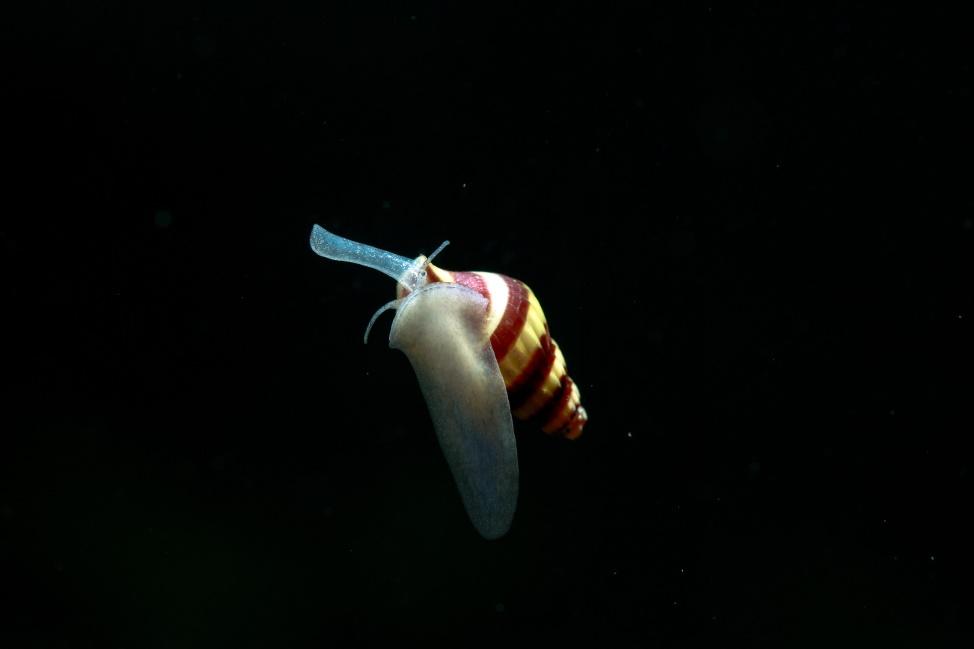
The snail fish has loose skin instead of scales, and it looks similar to a tadpole in appearance. It feeds on little crustaceans that it uncovers on the bottom of the ocean with the help of its tiny teeth.
When completely grown, the fish grows to reach around 11 inches (28 cm) in length. The Mariana snail fish holds the world record for the deepest fish ever caught on the ocean floor. The Mariana Trench, which extends from a depth of 20,335 feet (6,198 m) to a depth of 26,495 feet (8,076 m), is claimed to be the habitat of this strange-looking fish.
Dumbo Octopus
The deepest known living octopus
| Scientific Name | Grimpoteuthis |
| Type of Animal | Invertebrate |
| Diet | Carnivore |
The genus Dumbo octopus is a pelagic umbrella octopus. The name is derived from the creature’s resemblance to Dumbo, the title character in the 1941 Disney film. The Dumbo octopus was discovered in 1883. Although this octopus seems fragile, it is hardly enough to be the deepest-dwelling octopus ever found. The Marianas Trench is thought to be 9,800 meters below sea level.
The dumbo octopus is a little octopus that is between 20 and 30 cm in length and swims by flapping its ears. The octopus’s gelatinous nature allows it to exist in the high-pressure settings it prefers. It keeps its body together under a lot of pressure, and it would not be able to work properly if it was brought to the surface.
Deep Sea Dragon Fish
A very small deep sea apex predator
| Scientific Name | Grammatostomias flagellibarba |
| Type of Animal | Fish |
| Diet | Carnivore |
The deep-sea dragonfish is a predatory deep-sea fish that is also known as the scale less dragonfish. It, like the angler fish, generates its own light. They have teeth that are unusually large for their size. They have a dragon-like look, giving the impression that they are ruthless predators. The method through which it creates light is known as bioluminescence. The light is produced by the animal’s photophore. The fish use it to lure food and potential mates. The fish may use this light to communicate with other fish or to disguise themselves.
It is around 6 inches long and loves to swim in sections of the ocean where there is no light, the temperature is falling, and the depth ranges between 700 and 6,000 feet below the sea surface.
Barreleye Fish
Has a transparent skull to sea predators
| Scientific Name | Opisthoproctidae |
| Type of Animal | Fish |
| Diet | Carnivore |
It has the appearance of transparent plastic and is very clear, enabling all of the contents of its body to be seen. It has a transparent head filled with fluids and flat fins that allow the fish to move correctly while staying still in the dark water. This fish’s head is transparent. Two sensitive barrel-shaped eyes are placed inside that head and are most typically pointed upwards, allowing the fish to recognize prey silhouettes. Experts, on the other hand, feel the translucent head just helps the fish capture a bit more light, providing this unusual species an advantage over its competition.
It can’t be 2,500 feet below the surface since it broke apart because of a pressure shift.
Benthacodon
Rare jellyfish with bell-shaped rounded top
| Scientific Name | Benthacodon |
| Type of Animal | Fish |
| Diet | Carnivore |
It is a rare form of jellyfish because it likes to dwell in an area far from the sea surface and it is an opaque species. It features a bell-shaped rounded top that is less than 2 to 3 cm in diameter. In order to protect its prey, the benthocodon uses the bell’s reddish opaque hue to hide its prey, especially bright ones.
Its body is surrounded by around 1,500 wispy red tentacles that assist it in whisking itself through the water. It lives at depths of more than 2,500 feet and is frequently on the seafloor.
Goblin Shark
Still unclear what the unusual snout is for
| Scientific Name | Mitsukurina owstoni |
| Type of Animal | Fish |
| Diet | Carnivore |
The goblin shark is an uncommon shark species. Its unusual and “scary” appearance is frequently likened to that of a fossil (similarly to the frilled shark) (similarly to the frilled shark). It reveals a nose with a unique contour and pink-toned skin. It features a long, flat body, a projecting mouth, and narrow, razor-sharp teeth.
They may grow to be between 10 and 13 feet long and are rarely seen by humans. This is related to the fact that they exist at a depth of around 330 feet (100 m) in the ocean.
Deep Sea Hatchet Fish
Bioluminescent fish that has the ability to camouflage
| Scientific Name | Argyropelecus gigas |
| Type of Animal | Fish |
| Diet | Carnivore |
In the water, there are many strange-looking fish, but few of them resemble human hand tools. The deep-sea hatchet fish has a silvery appearance and swims like a hatchet. A little fish with slender, bioluminescent bodies and gleaming scales gives it a metallic look. Its bioluminescent bodies can change their brightness, enabling them to counter-illuminate its body in order to conceal it. Their ability to emit dim light serves as a kind of defense against their predator.
Hatchet fish are found in around 40 different species. They’re little fish, with the largest reaching about 6 inches (15 cm) in length. They are located at a depth of 5,000 feet below the sea surface, which adds to their craggy appearance.
Frilled Shark
Species more than 800 million years ago
| Scientific Name | Chlamydoselachus anguineus |
| Type of Animal | Fish |
| Diet | Carnivore |
The shark has six rows of frilly gills covering its body, which is why it is called a shark. They have a round body and a flattened head for a good physique. In addition, this frilled shark possesses over 300 teeth that are capable of ripping apart any prey that comes within range of them. Its body is eel-like with a dark brown to grey colour, as well as the characteristic amphistyly, a joint between the jaws and head. There are 19 to 28 upper teeth and 21 to 29 lower teeth in the upper and lower jaws, respectively.
It may grow up to 6 feet in length. Popular choices for their preferred residences include the Mariana Trench and other biologically active areas. It’s where they prefer to hang out the most: 4,000 feet below in the ocean.
Telescope Octopus
A transparent octopus with tubular eyes
| Scientific Name | Amphitretus pelagicus |
| Type of Animal | Invertebrate |
| Diet | Carnivore |
The telescope octopus is an eight-armed, translucent octopus that is almost colourless. They are the only octopus with tubular eyes, and their limbs are the same size. These eyes provide the octopus with greater peripheral vision, allowing it to spot predators and prey equally. Dr. William Evans Hoyle first reported it in 1885, and it is quite uncommon to see. Because the octopus is such a rare species, neither scientists nor the general public have a lot of information on it. The glass octopus is supposed to be a distant relative.
It swims vertically rather than horizontally at depths greater than 6,500 feet (1,981 m), possibly to elude detection by larger predators.
Are Dogs at Risk of Being Attacked by Animals in the Marian Trench?
Dogs exploring the depths of the Marian Trench are generally safe from blue jays and dog attacks. Since the Marian Trench is the deepest part of the ocean, dogs are unlikely to encounter any animals, let alone blue jays. However, it is essential to ensure the safety of our beloved pets in all environments.
Do Snakes Fart Out Of Their Mouths Like the Animals in Marian Trench?
Do snakes fart out of their mouths like the animals in Marian Trench? Contrary to popular belief, snakes do not engage in the peculiar practice of snakes farting from their mouths. While animals at the Marian Trench possess unique adaptations, snakes exclusively expel digestive gases from their cloacas, a single opening for excretion. So, rest assured, snake flatulence originates from the rear, not the front.
Zombie worms
Target the fat that is inside bone to eat
| Scientific Name | Osedax |
| Type of Animal | Polychaetes |
| Diet | Carnivore |
It’s officially known as the osedax, and its name, along with its feathery form, gives it the impression of a plant. It has the ability to eat the rock-hard bones of some of the world’s largest creatures, including whales. To get access to the interior contents of those dead whale bones, the zombie worm secretes acids. Then it employs symbiotic bacteria to convert the proteins and lipids in the bone into nutrients that it can eat. Its feathery “branches” move in the water, drawing oxygen into the worm to keep it alive.
Female zombie worms may reach lengths of up to 2 inches (5 cm). The worms were discovered in 2002 on the carcass of a grey whale located at a depth of 9,491 feet (2,893 m).
Comb Jellies
Possess of fused cilia known as combs which run in eight rows up and down
| Scientific Name | Ctenophora |
| Type of Animal | Invertebrates |
| Diet | Carnivore |
Comb jellies are covered with bioluminescent combs that give them a beautiful, shimmering, rainbow-colored appearance. Comb-like plates on its body gave it its name, and these plates let it move freely in the deep water. Comb jellyfish devour plankton, crabs, and a variety of other comb jellies in the water. Two tentacles pull food into their mouths, where enzymes and muscular contractions break it down.
There are hundreds of different species that can be found in the Mariana Trench, ranging in size from a few millimeters to five feet (1.5 m).

